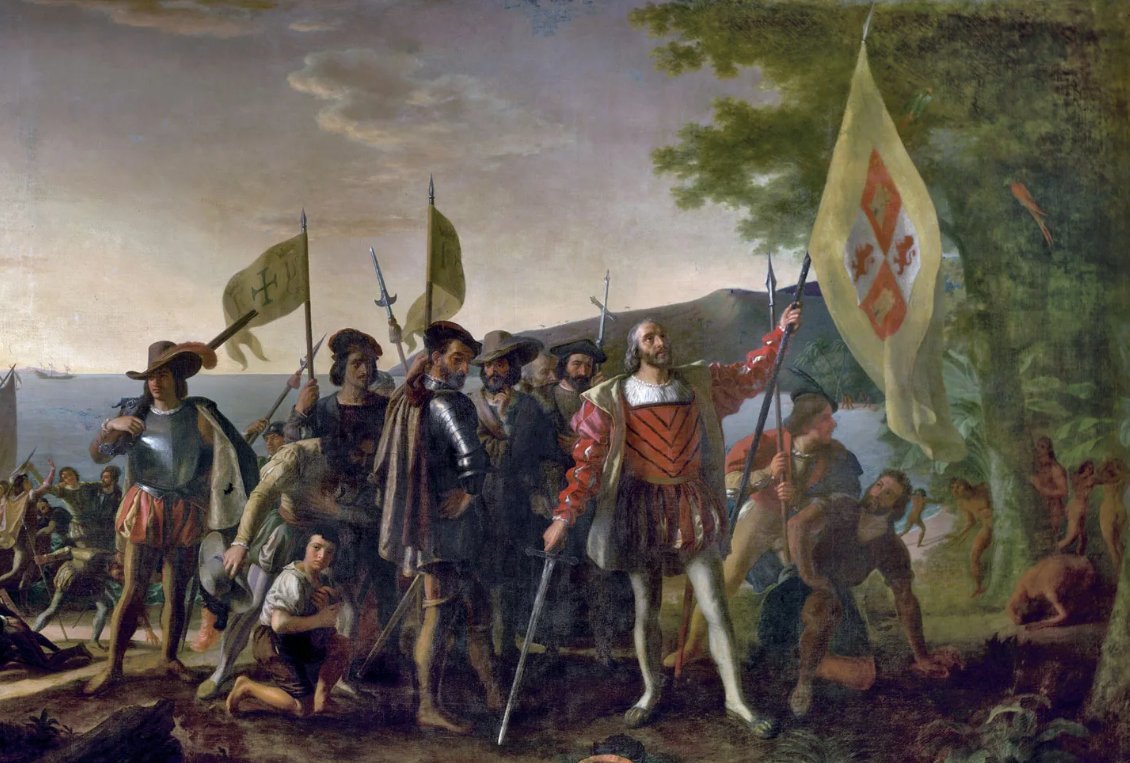During WWII, the Germans unleashed a colossal behemoth onto the battlefield.
Capable of firing shells the weight of a car, it required a 2,000-person crew to operate and left craters the size of buildings in its wake.
A 🧵 on the Schwerer Gustav, complete with rare footage.
Capable of firing shells the weight of a car, it required a 2,000-person crew to operate and left craters the size of buildings in its wake.
A 🧵 on the Schwerer Gustav, complete with rare footage.

In the annals of military history, few weapons stand out for their sheer audacity and size as the Schwerer Gustav, a massive German railway gun designed during World War II.
While it may seem straight out of a sci-fi movie, it was very much real.
While it may seem straight out of a sci-fi movie, it was very much real.
This colossal piece of artillery was not just a weapon but a symbol of Germany’s ambition to wield unmatched firepower.
It was one of the heaviest and most destructive weapons ever built, capable of firing enormous shells over vast distances.
It was one of the heaviest and most destructive weapons ever built, capable of firing enormous shells over vast distances.

The Schwerer Gustav’s conception was rooted in the strategic thinking of the German military high command, who wanted a weapon capable of breaching the heavily fortified French defenses along the Maginot Line 

However, it wasn’t until after the fall of France that the project began in earnest.
The gun was initially envisioned as a way to break through enemy fortifications that ordinary artillery couldn’t handle.
The gun was initially envisioned as a way to break through enemy fortifications that ordinary artillery couldn’t handle.

Designed by the German arms manufacturer Krupp, the Schwerer Gustav was a railway gun, meaning it was mounted on a railway carriage and could move along tracks.
The sheer scale of the gun was mind-boggling.
The sheer scale of the gun was mind-boggling.
At a length of 47 meters (154 feet), with a caliber of 800mm (31.5 inches), it was the largest artillery piece ever built.
It fired shells that weighed nearly 7 tons and could travel over 47 kilometers (29 miles) to strike targets with devastating force.
It fired shells that weighed nearly 7 tons and could travel over 47 kilometers (29 miles) to strike targets with devastating force.

The design required more than just a conventional factory: the gun’s sheer size and weight meant that it had to be assembled and operated in a custom-built railway yard. 

The infrastructure to support such a weapon was equally colossal.
In fact, the Schwerer Gustav needed a dedicated railway system to move, which was itself a testament to the scope of the project.
In fact, the Schwerer Gustav needed a dedicated railway system to move, which was itself a testament to the scope of the project.

The Schwerer Gustav was officially completed in 1941, but it wasn’t until 1942 that it saw combat.
The first major deployment of the gun came during the siege of Sevastopol in the Crimea, where German forces were attempting to break through Soviet defenses.
The first major deployment of the gun came during the siege of Sevastopol in the Crimea, where German forces were attempting to break through Soviet defenses.

Once in position, the Schwerer Gustav opened fire. The shells it fired could demolish concrete bunkers, fortifications, and even entire sections of the city itself. But the gun's performance in battle was less than ideal. 

The massive recoil often caused the gun’s carriage to shift, making precision difficult.
Additionally, the limited mobility and the time it took to set up the gun meant it couldn’t be used as effectively as hoped.
Additionally, the limited mobility and the time it took to set up the gun meant it couldn’t be used as effectively as hoped.
Despite its tremendous firepower, the Schwerer Gustav was not a game-changer.
While it inflicted significant damage on Sevastopol’s fortifications, it was slow and cumbersome.
While it inflicted significant damage on Sevastopol’s fortifications, it was slow and cumbersome.

In the end, the cost of operating such a weapon—both in terms of resources and manpower—proved to be impractical.
Only a few shells were fired before the gun was rendered inoperable, and the operation was deemed a failure.
Only a few shells were fired before the gun was rendered inoperable, and the operation was deemed a failure.
The Schwerer Gustav serves as a reminder of the ambition, hubris, and misplaced priorities that often characterize war.
While its size and destructive power were unparalleled, it was a weapon that ultimately failed to deliver results on the battlefield.
While its size and destructive power were unparalleled, it was a weapon that ultimately failed to deliver results on the battlefield.

Like the Tiger I—a brilliant piece of German engineering—the Schwerer Gustav was a technical marvel, but in practice, it revealed the limits of over-engineered solutions in modern warfare. 

Both machines embodied the Nazi obsession with grandeur and technological supremacy, yet both were plagued by excessive maintenance needs, fuel consumption, and logistical nightmares that made them more symbolic than strategically decisive.
If you desire to learn more about history's greatest events & figures consider
☑️following @godplayscards
☑️get yourself a deck of cards
☑️download our new Legacy app
And as always, I'd love to hear from you in the comments.

☑️following @godplayscards
☑️get yourself a deck of cards
☑️download our new Legacy app
And as always, I'd love to hear from you in the comments.


• • •
Missing some Tweet in this thread? You can try to
force a refresh


















